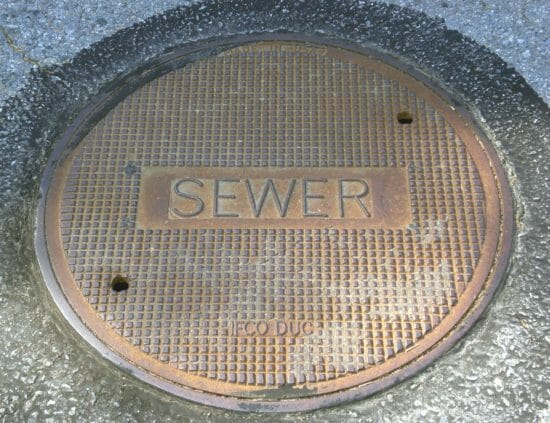- Course No E – 1103
- PDH Units 4.00
No data found for Custom Course Number
No data found for Custom Course Units
- Course No E – 1103
- PDH Units 4.00
Intended Audience: civil engineers, hydraulic engineers, highway engineers, environmental engineers, and hydrologists
PDH UNITS: 4
Storm sewers are widely used to carry away runoff from storms, primarily in urban areas. The hydraulic design begins after the locations for the manholes for the system have been determined. Between each pair of manholes, the storm sewer will have a constant slope and diameter. The hydraulic design process results in determination of an appropriate diameter and slope for each length of storm sewer and determines the depth of the bottom of the pipe at each manhole. The overall procedure and each step are presented and discussed in this course curated by Dr. Bengtson. Example calculations for a single length of storm sewer between two manholes will be performed and an example of calculations between successive manholes will be done using Excel. After completing this course, you'll be able to carry out hydraulic design of storm sewers to determine diameter, slope and depth of invert at each manhole for the length of storm sewer between two successive manholes. You'll also be able to set up an Excel program to carry out hydraulic design for successive lengths of storm sewers.
This course is intended for civil engineers, hydraulic engineers, highway engineers, environmental engineers, and hydrologists.
Learning Objectives
- Determine the value for runoff coefficient for a drainage area with known land use, SCS soil group, and approximate surface slope.
- Calculate the rainfall intensity of a storm duration and return period at a certain location if given an I-D-F table or graph for that location.
- Estimate the overland flow travel time for a drainage area using the Manning Kinetic Equation.
- Identify the channel flow travel time using Manning’s Open Channel Flow Equation.
- Compute the peak runoff rate of a drainage area using the Rational Method.
- Apply Method I and Method II as outlined in this course to calculate design diameter and slope for a length of storm sewer between two successive manholes.
- Determine the velocity and flow rate in a circular pipe flowing partially full if enough information is available to calculate the full pipe velocity and flow rate.
- Combine the above learning objectives/skills to carry out the overall hydraulic design of a length of storm sewer between two successive manholes.
- Use Excel to make storm sewer hydraulic design calculations for the lengths of storm sewers between successive manholes.
Course Reviews
4
- 5 stars1
- 4 stars0
- 3 stars0
- 2 stars0
- 1 stars0
Once completed, your order and certificate of completion will be available in your profile when you’re logged in to the site.











great course, I learned alot!